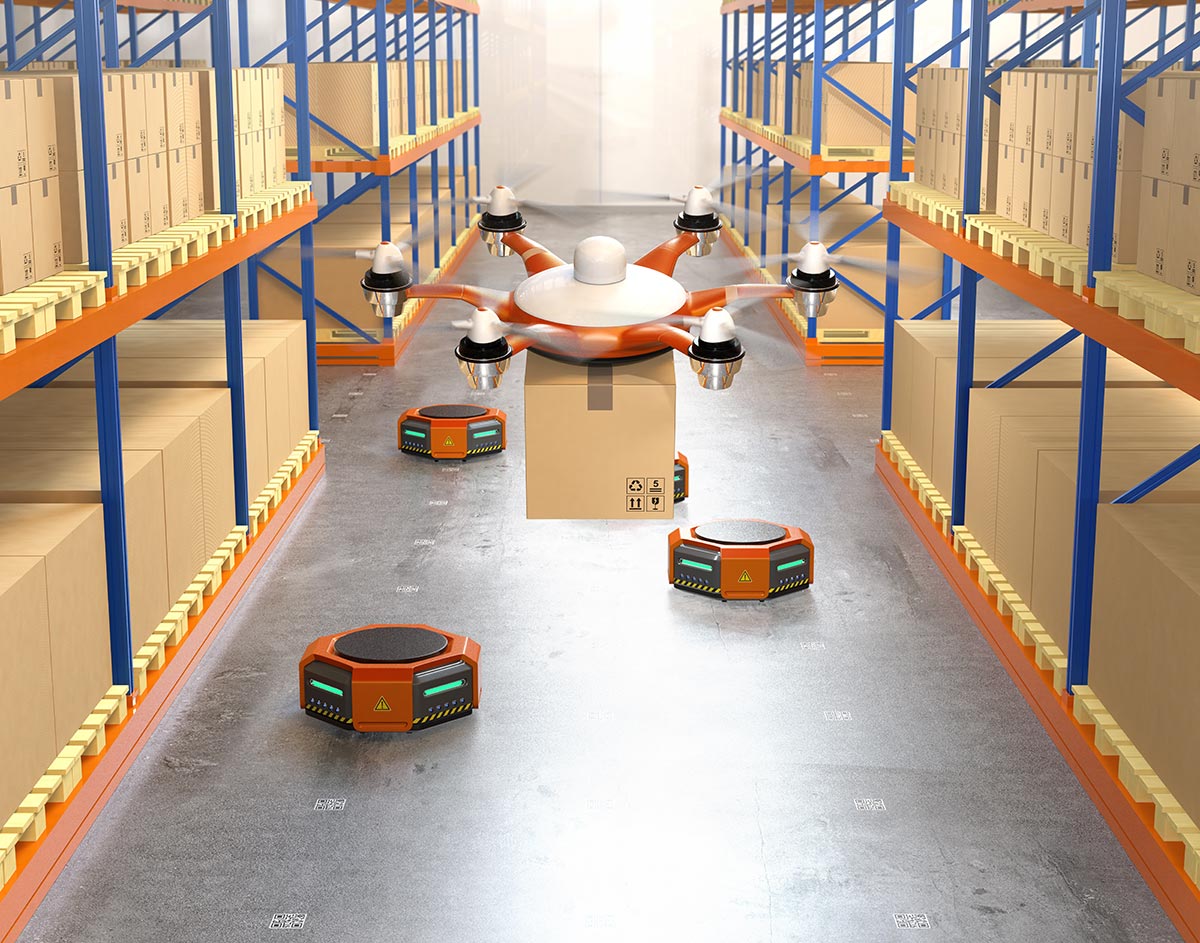Like many other industries, manufacturing has had new challenges arising with emergence of globalization and digitalization of businesses. Increasing speed of production, revenue volatility, need for maximizing efficiency and needs for adaptability of production to the market changes are among important challenges facing manufacturing today. AI has been there to help businesses resolve these problems, as a result, boosting manufacturing processes in many industries with heavy assets. Namely, AI in manufacturing is being deployed in maintenance, quality checks, design, logistics. AI is widely used for its production optimization through reduction of costs and precision in calculations and assembling, while "creative" ML algorithms have been expanding the boundaries of design by introducing unique enhanced forms and approaches to everyday objects and complex machines.
Automated Maintenance

According to Capgemini's research, almost 30% of all AI in manufacturing is deployed for maintenance purposes, which makes it the largest chunk of AI use in the large production processes.
- Predictive maintenance
- The purpose of predictive maintenance algorithms is to prevent costly failure of machinery and equipment, but also to avoid loss of production. Algorithms of condition monitoring and prognostics are used to sort and analyze information given by machine's processes and internal sensors. By collecting large amounts of data related to previous malfunctions and machine failures and by continuously collecting more and more data, an algorithm diagnoses faults, estimates when the machine needs service and alerts engineers.
- Digital twins
- Making a virtual replica of a machine or asset is a tool for representing a current working process of a physical machine, with an additional ability to predict its condition in the future through simulation. Digital twins can be implemented for the entire facility or for specific departments, processes, machines only.
AI Quality Control
Using image-based and sensor-based processes, AI can be just as good as (or even better than) a human QA specialist when it comes to large-scale production. Its benefit is in the ability to recognize even very small objects (for instance, tiny screws), missing components in machines during the production process or differentiate and sort objects very fast. Even such relatively simple tasks require a lengthy development process and plenty of labeled data in order to work properly.
Optimized Design with Machine Learning
- AI Optimized Furniture Production
- In April 2019, Philippe Starck, Kartell and Autodesk announced the first manufactured chair that was a collaboration between a designer together with an AI. Generative design technology used for this product is just the first step among the sea of possible solutions for the AI-powered product design in the nearest future.
- AI enabled Lighting and electricity
- Certain algorithms together with light or movement sensors are able to adjust the energy distribution inside a facility making sure that the production is more cost-effective and sustainable. Typical areas include electricity trading, light and heat automated management.
Safety Measures with AI
Since manufacturing has 1.5 to 2 times more fatality rates than any other industry, it is crucial to track health and safety in the facility. While old, manual methods of observation are costly and often not particularly effective due to human error, AI is of great use for monitoring safety policy compliance. Making sure that workers are wearing helmets (or other PPE), checking for sleeping people operating machinery and detecting accidents during the production process — all can be assisted by an AI if trained on excellently labeled data. By teaching an algorithm to recognize certain objects or a lack of thereof in images and videos, a company can continuously keep an eye on their employees' safety. In addition, even though robots in manufacturing are mostly static, they are still in danger of crashing into other objects, such as walls, other machinery or even people. Smart algorithms and systems are capable of preventing that too.
AI in Storage and Logistics

AI can be used to get a better understanding of inventory and help companies access item availability or plan ahead. Automated logistic tasks are often carried out by robots or drones, which scan the inventory, compile information about availability of items or its overall fullness, and send it back for further analysis and strategic decision-making.
AI in inventory management can facilitate fully automated storage and transportation. A relatively common task that uses ML statistical models in logistics management. For instance, China currently runs numerous automated ports, where machines decide for the optimal planning and movement of containers, but also perform the work. Such solutions are known to increase safety and decrease expenses.
Data-rich Forecasting
Finally, machine learning models are used for determining price and markets for manufacturing businesses. Since for many manufacturers the market dictates the production type and scope, big data analysis is utilized in order to calculate its fluctuations.
Outsourcing Data Labeling: How We can Help
When talking about large manufacturing processes, risks and consequences of poor AI are too high to be neglected. Most of the time, the errors aren't in the software itself, but in the types of data used for its training, which defines how good machines are in gaining a high-level understanding from real-world environments. High quality data labeling in a secure labeling environment is the key to improve manufacturing automation but also ease the engineer's job of software development.
For companies, AI-backed manufacturing solutions could mean increase of company profits, which potentially could be used to develop more innovative processes, invested into certain promising departments or utilized to increase the product overall quality. For consumers, automation could potentially result in increased product affordability.
Table of Contents
Get Notified ⤵
Receive weekly email each time we publish something new:

